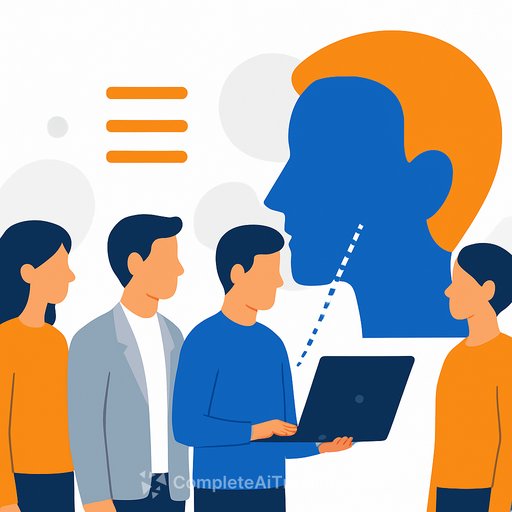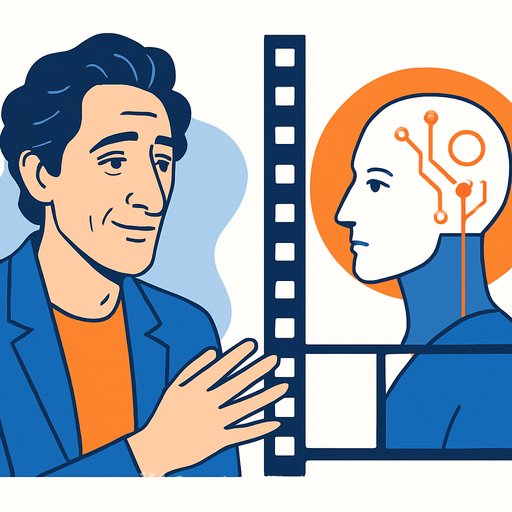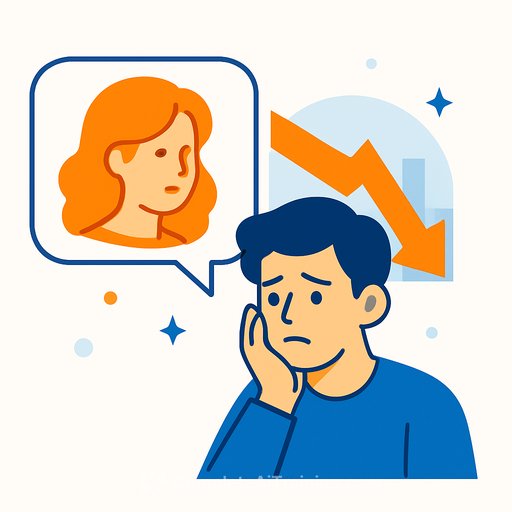New data reveals who's most copied on Midjourney - and what creatives can do about it
AI art didn't stay niche for long. Midjourney is still a force, despite lawsuits and public pushback. A new analysis from Kapwing looked at 4,929,594 prompts to see which names get used most - and the results say a lot about how people are pulling from living artists.
Who gets prompted the most
- Alphonse Mucha leads non-living artists with 230,794 prompts.
- Rembrandt: 128,143; Leonardo da Vinci: 61,259; Norman Rockwell: 57,583.
- Among living illustrators, WLOP tops the list with 166,415 prompts.
- Greg Rutkowski and Krenz Cushart follow closely - all three are active artists.
- Directors: Wes Anderson at 92,378, Tim Burton at 57,000, and Roger Deakins (cinematographer) at 22,297.
- Architecture: Zaha Hadid shows up in 63,103 prompts.
- Franchises: Star Wars at 160,495; Batman at 110,586.
- Anime: Akira at 53,333; Naruto at 40,494.
Kapwing says it built seed lists across eight categories (artists, illustrators, directors, architects, cities, media franchises, fast-food chains, anime), ending with 897 keywords. It then counted how often those names were used in Midjourney's database. It's not exhaustive, but it's a solid snapshot of behavior at scale.
The uncomfortable part: living artists top the charts
WLOP, Greg Rutkowski, and Krenz Cushart are all alive and working - yet their names outpace legends like Da Vinci, Klimt, or Dalí in prompts. That's the pain point: people are directing the model to mimic active artists who rely on commissions, licensing, and their signature style.
Rutkowski, who's part of a class-action lawsuit against Midjourney, DeviantArt, and Stability AI, has been clear about the impact. "Someone can create something in a matter of five seconds using my name… as a guideline for style." For working illustrators, that's not abstract - that's bookings, rates, and reputation.
Why this matters to your creative business
Style used to be your moat. Now it's a prompt. If clients can approximate your look with a few keywords, you need to shift how you package and sell your value: your taste, your decision-making, your process, your story, and your ability to direct outcomes across mediums.
This isn't about panic. It's about repositioning. Treat style as one pillar - not the whole house.
Practical steps for artists, illustrators, and studios
- Make your terms explicit. Add usage and training restrictions to your site, proposals, and invoices. Include noAI/noimageAI meta tags and robots rules where relevant. It's not perfect, but it sets expectations and creates a paper trail.
- Watermark and monitor. Subtle, persistent watermarks plus visual search tools can help you spot misuse. Track high-value pieces.
- Offer "art direction + AI" packages. If clients will use AI anyway, sell the outcome: moodboards, prompt systems, iterations, cleanup, and final polish. You're the taste and the taste is the product.
- Develop signatures beyond surface style. Recurring subject matter, composition patterns, narrative themes, materials, and mixed media are harder to spoof than a texture or brush look.
- License and label. Use clear license tiers for commercial work. Label official outputs. Make it easy for clients to choose the ethical option.
- Join collective action. Keep an eye on legal efforts and opt-out frameworks. When artist groups move together, platforms listen.
For agencies and brands
- Audit your prompts. Avoid naming living artists without permission. Build style guides using descriptors, references in the public domain, or licensed looks.
- Budget for consent. If you want a specific living artist's aesthetic, hire them or license it. It's cleaner, safer, and better quality.
Reality check on the study
The dataset is big but bounded by the 897 keywords Kapwing tracked. There may be names with even higher usage that weren't included. Still, the signal is clear: living artists' names are being used at scale to steer image and video generation.
Bottom line
AI isn't going away, and neither is your value. Shift from "style seller" to "creative director with a system." Protect what you can, adapt where it counts, and make your process the thing clients can't copy with a single prompt.
If you want structured ways to productize your creative workflow with AI (ethically), explore our prompt and generative art resources: prompt courses and generative art tools.
Your membership also unlocks:






